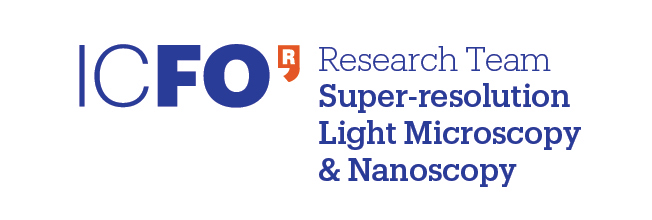ABOUT US
What is the SLN ?
The Super resolution Light microscopy and Nanoscopy (SLN) facility is equipped with cutting edge microscopy techniques. We perform continuous development to constantly improve the specifications of our microscopes to provide unique features.
We collaborate with industry, hospitals and research centers. Our systems are available to all type of end-users. We provide training through short and mid-term hands-on courses which can be tailored to accommodate any user needs and backgrounds.
The research programs at the SLN cover a wide range of applications including the visualization of subcellular components, cells, tissues, organs and model organisms.







































